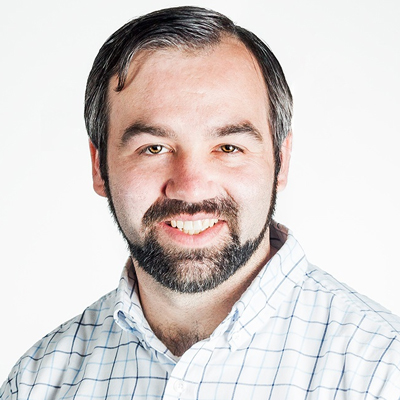

The traditional healthcare staffing model isn’t working. It’s inefficient and expensive for facilities, burning out nurses by strong-arming them into overworking, and putting patients at risk.
When a facility that uses the traditional staffing model needs to fill a gap in their schedule, it results in a time-consuming game of phone tag between facilities, agencies and their agency staff. If agencies can’t fill the shifts that facilities need, facility administrators and schedulers have two options — ask their own nursing staff to work overtime, or leave the gap in their schedule unfilled and risk staffing penalties. While both of these options are short-term fixes, they can bleed into long-term issues, like staff burnout and turnover, and poor patient care.
At the end of the day, facilities want to fill their shifts and nurses want to provide the best care possible, while also achieving a healthy work-life balance. However, with the traditional staffing model, neither can do that. There is overwhelming evidence that shows short-staffed, burned-out nurses negatively impacts patient care. Studies indicate that:
- Nurses who work overtime are three times more likely to make medical errors
- High patient-to-nurse ratios are associated with fatigue, emotional exhaustion and low job satisfaction
- Staffing of RNs below recommended levels resulted in increased patient mortality
With those stats in mind, it’s little surprise that both nurses and facilities are turning to nontraditional staffing methods, like tech-enabled staffing gigs, to solve their problem.
The gig economy has disrupted broken processes in other sectors. The most famous example, of course, is Uber’s disruption of the transportation industry. Instead of trying to hail a cab or calling a taxi company and waiting for them to dispatch a ride, riders can request (or even schedule) a ride in advance with the click of a button and watch their driver’s route to them in real-time. For drivers, it offers flexibility to only work when they want, and for the rider, it provides the service they need, but in a user-friendly, on-demand way.
In a similar way, companies that leverage technology and the gig economy are popping up across other industries and, in the case of healthcare, are slowly replacing the traditional staffing model. Just as Uber removed the frustration of hailing a cab, tech-enabled staffing apps are removing the frustration facilities face every time they need staff.
Instead of calling multiple agencies to secure a nurse for a shift, facilities can simply submit shifts into an online platform, which broadcasts the shift to a network of nearby nurses. Nurses in the network can browse shifts available in their app and pick up those that work for them. Facilities get real-time updates when a nurse picks up a shift, when they’re on their way and when they’ve arrived. Ultimately, this model gives facilities and nurses what they need. For facilities, it’s a fully staffed floor, peace of mind that they’re operating in compliance with the Centers of Medicare and Medicaid Services’ guidelines, and internal staff that isn’t overworked. For nurses who participate in gig work, it gives them the flexibility to work on their own terms and build a schedule that works for them and their loved ones.
The most important impact this new model has — even more important than a facility’s bottom line or a nurse’s schedule — is its ability to improve patient care. More efficient staffing and well-rested nurses mean better care for patients.
While adoption of more efficient staffing technology is picking up, change can be hard — especially in the long-term care staffing setting, which has run on paper schedules and phone calls for decades. With the promise of better patient outcomes, happier, healthier staff and less operational costs, facilities will start to lean into a new way of working.
Chris Caulfield, RN, NP-C, is IntelyCare’s co-founder and chief nursing officer.





